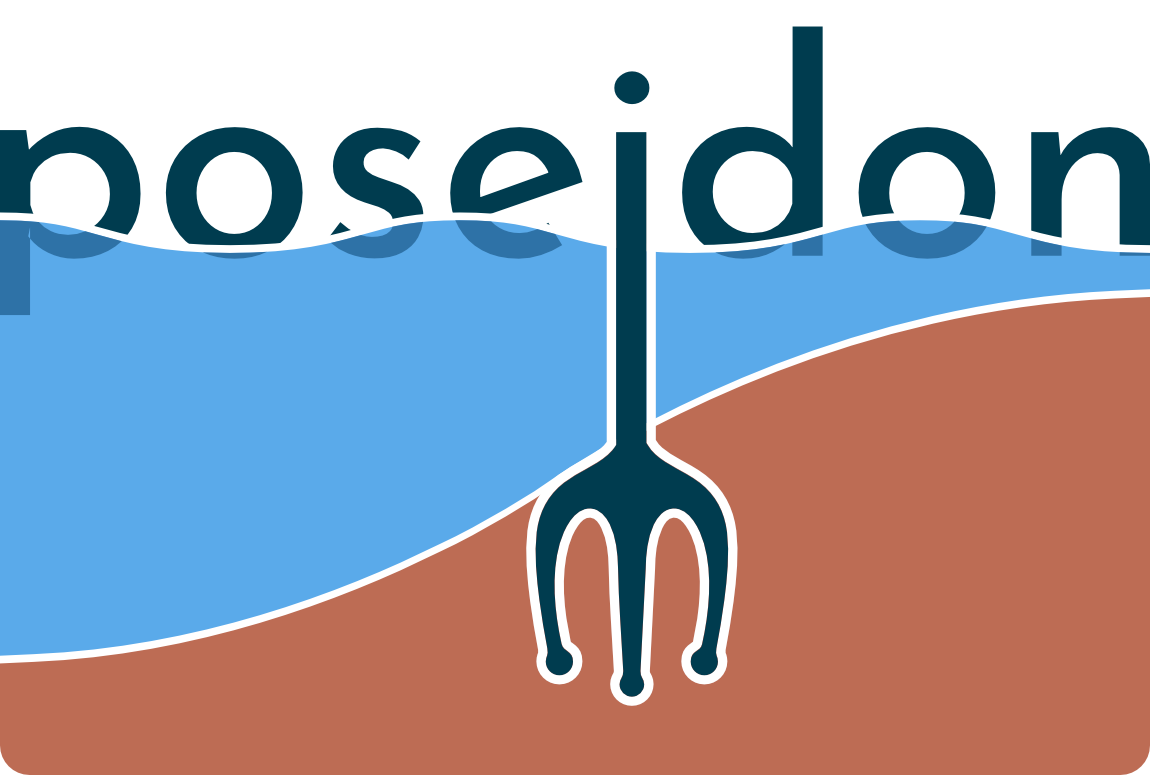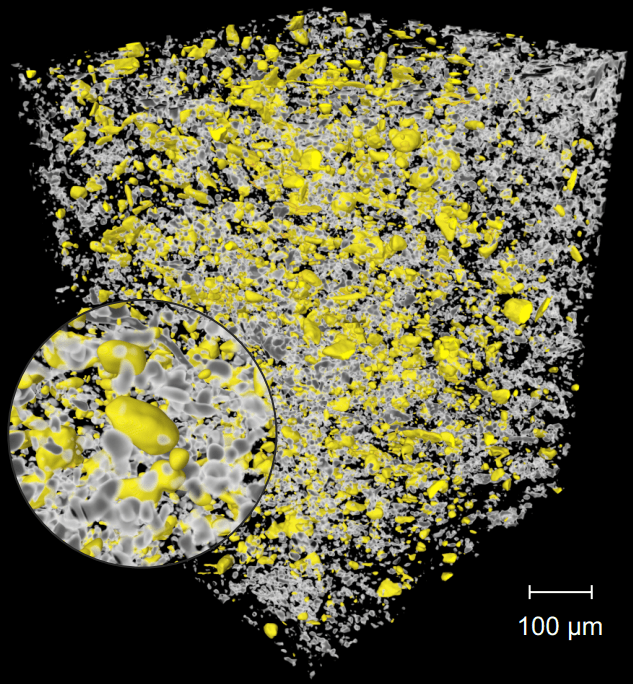Xiaoye Zhao
I am Xiaoye Zhao, originally from Shenzhen, China. I obtained my Bachelor’s degree in Civil Engineering from Heilongjiang University and my Master’s degree in Architecture and Civil Engineering from Shenzhen University. My Master’s thesis focused on the nondestructive investigation of rust expansion and crack filling in reinforced concrete using advanced XCT imaging techniques, with a particular emphasis on coastal structures.
Currently, I am a PhD student at the University of Bremen, focusing on the micro-structural characteristics of failure planes and weak layers in submarine landslides. My research employs cutting-edge 3D and 4D micro-Computed Tomography (µCT) imaging combined with geotechnical experiments to understand the formation and evolution of weak layers. The study aims to develop methodological standards and machine learning algorithms to advance the analysis of submarine landslide mechanisms.




